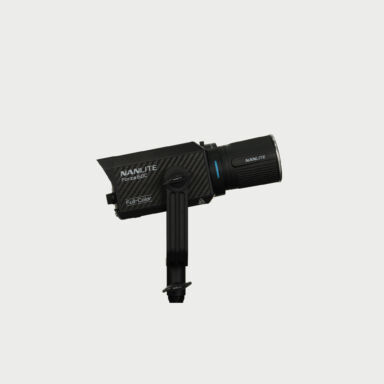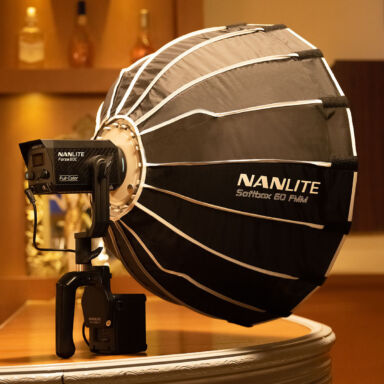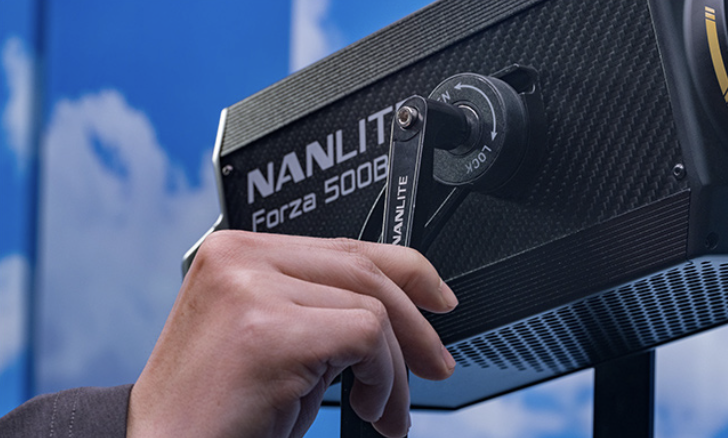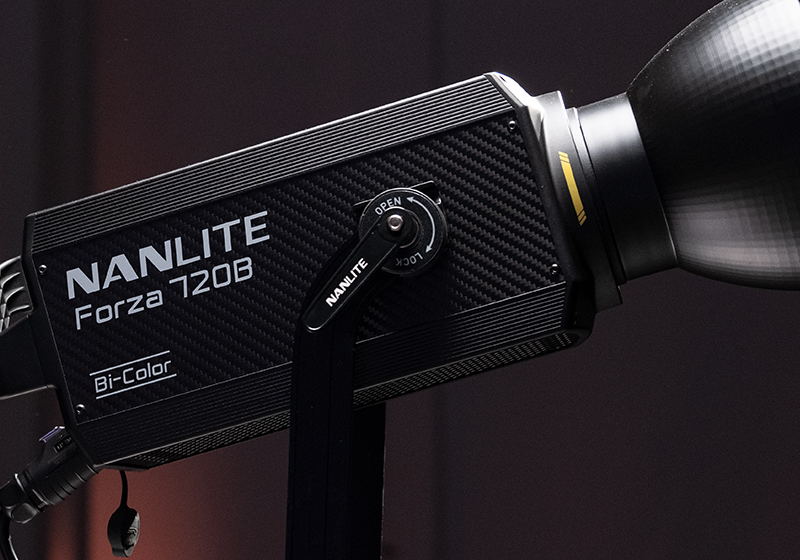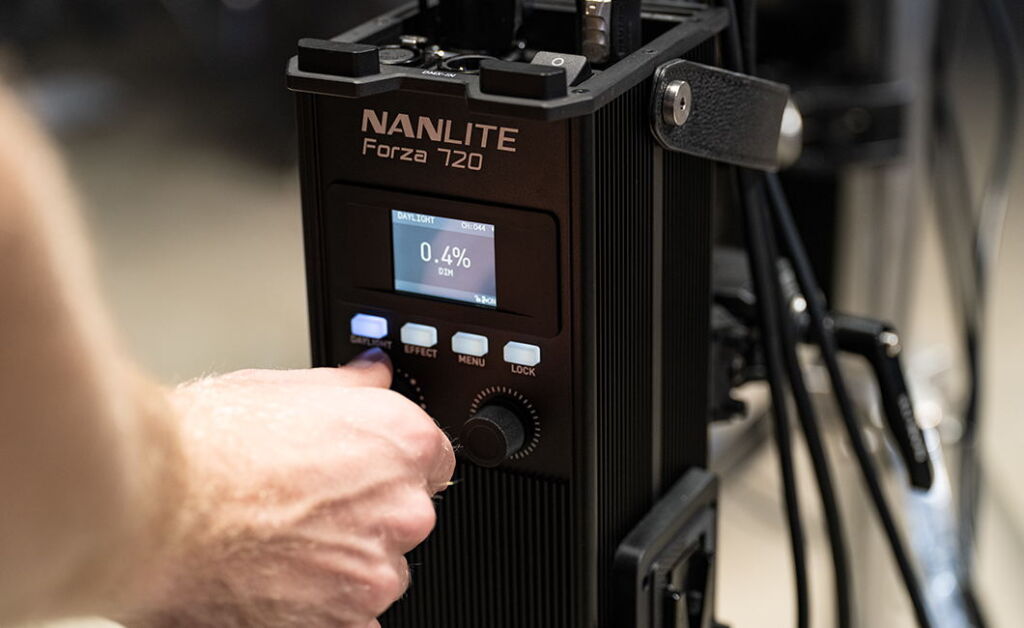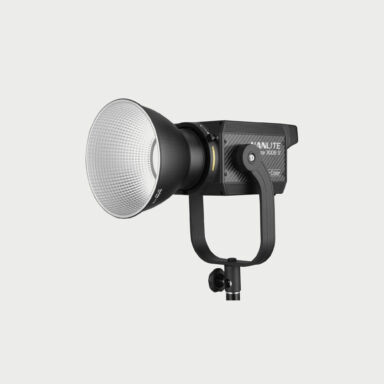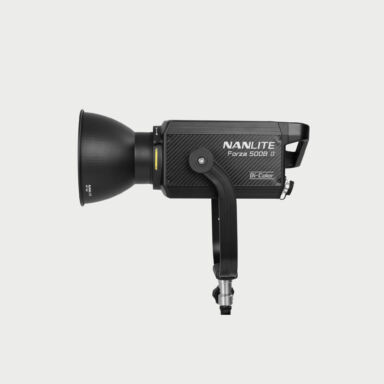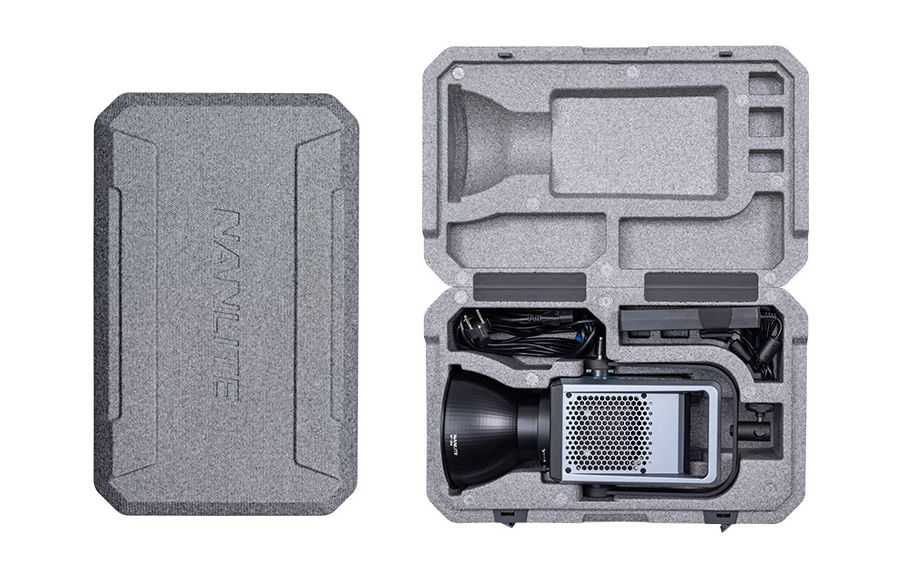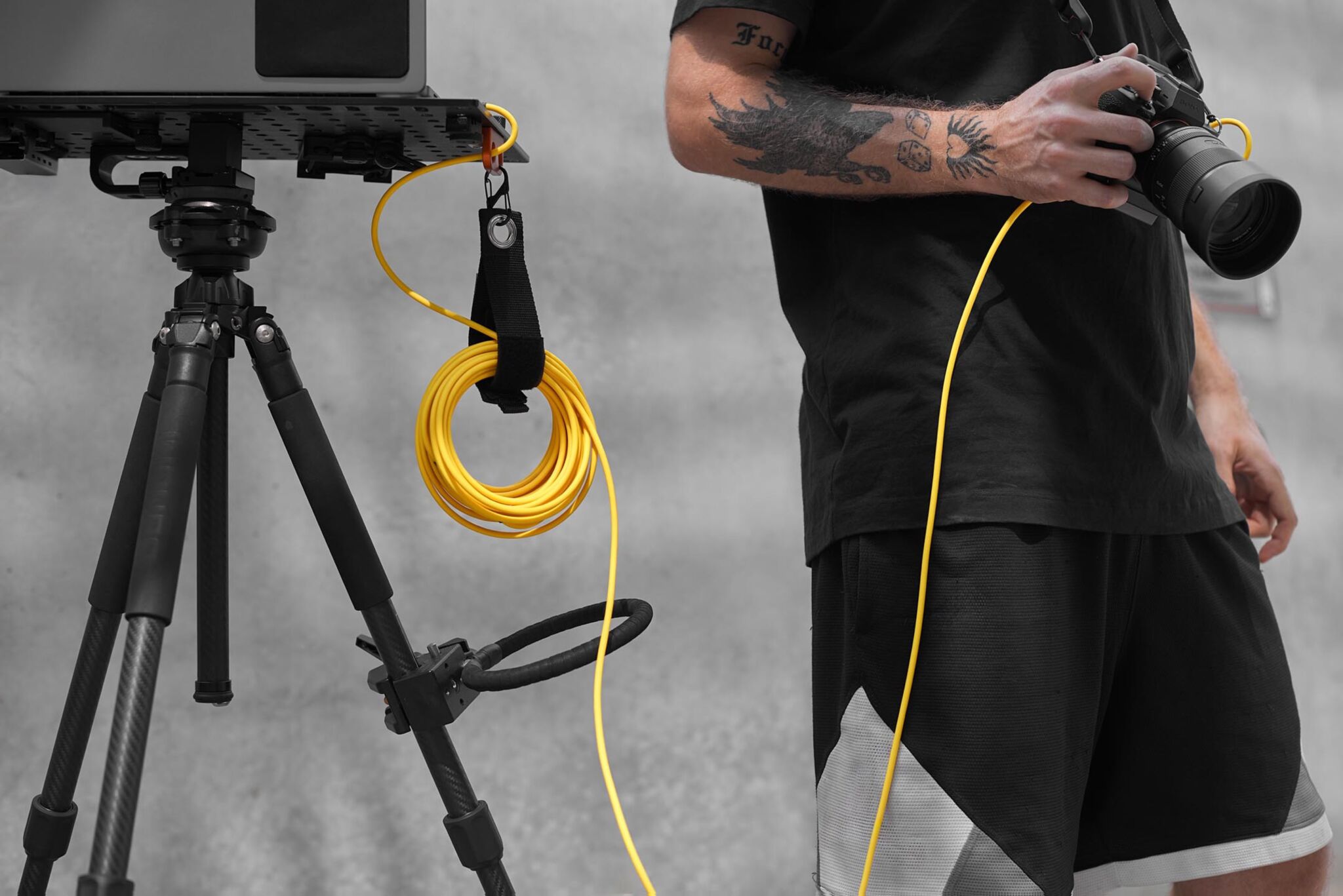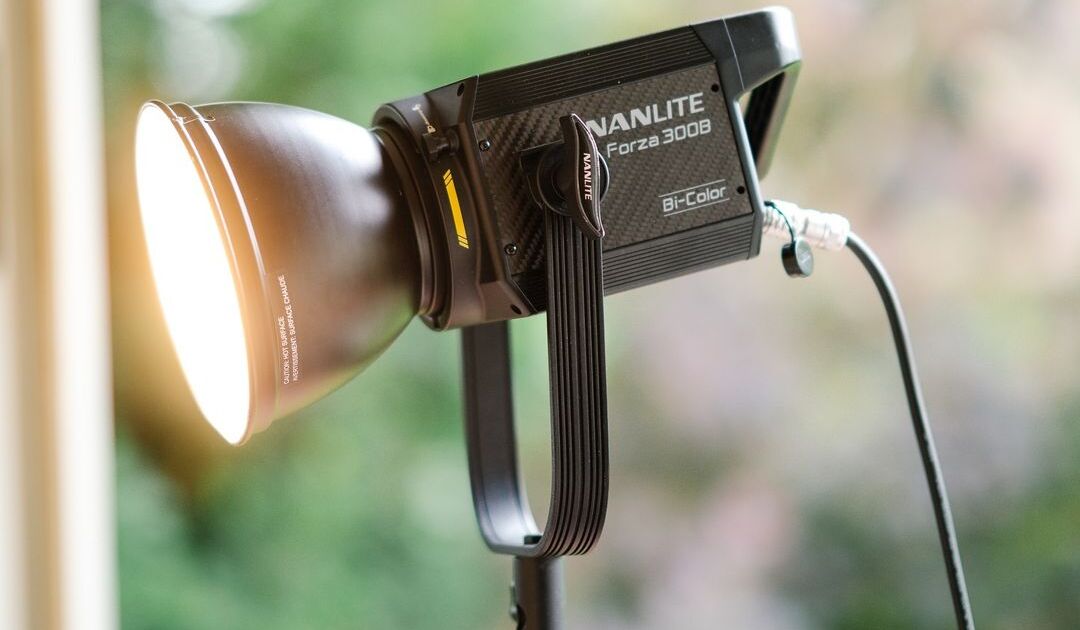Explore the trending colors for Spring 2025 and find the perfect Colorama backdrops to match! Create stunning visuals and bring a fresh seasonal vibe to your studio shoots.
There’s a wide range of point-source LED lamps on the market, including those offered by the Nanlite brand. This brand offers three different series of LED lights: the FC series, the FS series and the Forza series. It can sometimes be difficult to discern what distinguishes one from the other.
Check out our comparison of Nanlite’s three LED lamps series: Forza, FC and FS Series. Explore the differences and similarities between these three models and choose the option that best suits your photographic needs.
Table of contents
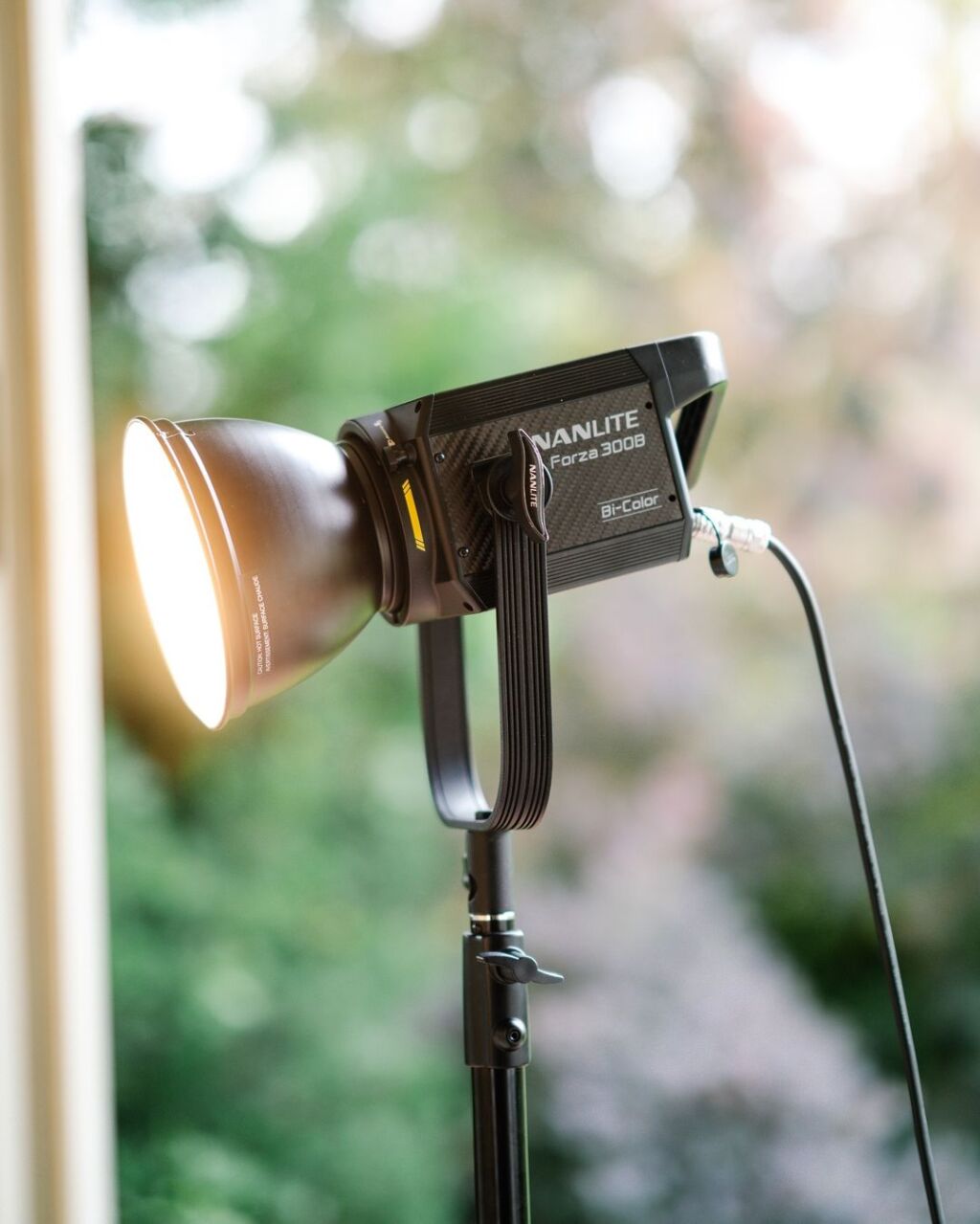
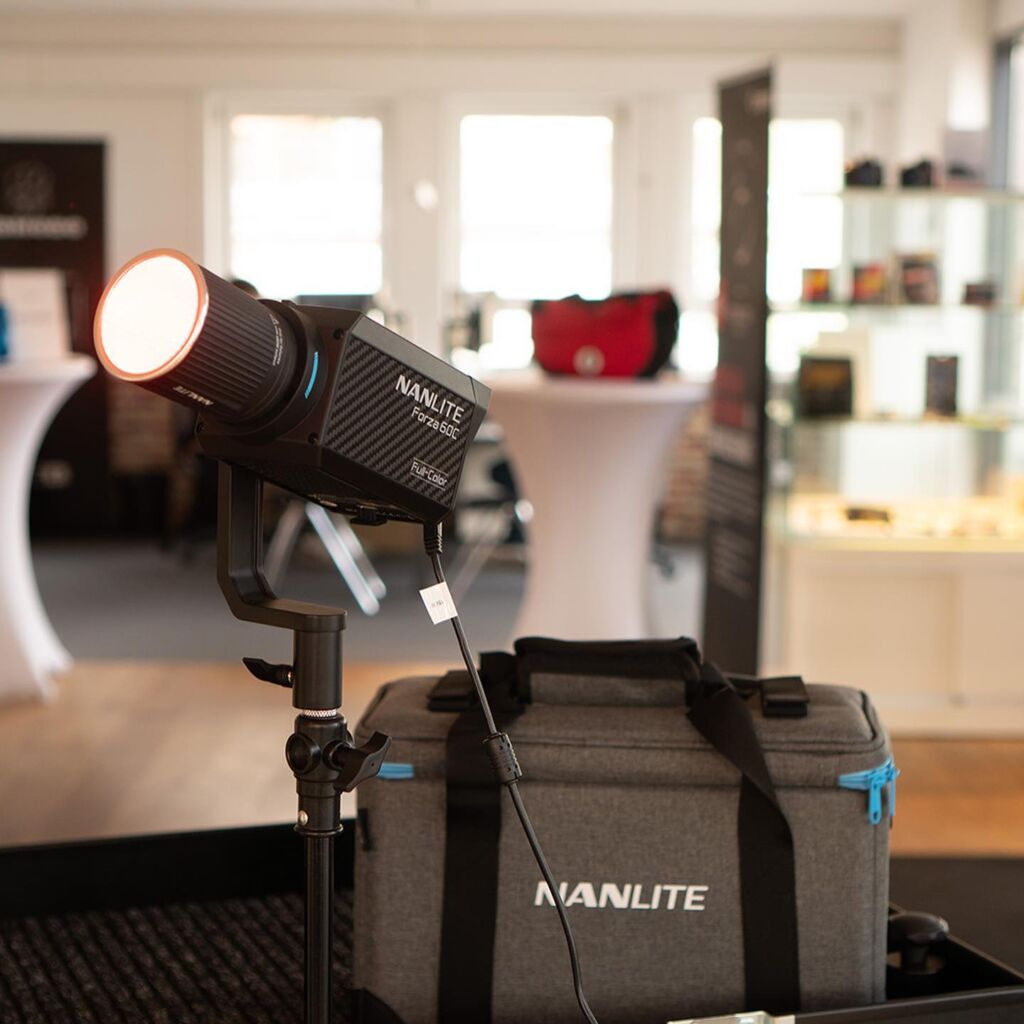
1. Power supply options
To begin with, one of the first questions to ask yourself when choosing a light is whether you’ll need to use it in places where mains power isn’t available, then requiring the use of batteries.
Nanlite FS series lights operate exclusively on mains power. On the other hand, the FC and Forza series torches are battery-powered, enabling you to take them into the field for outdoor shooting where access to a mains socket is limited.
Each Forza model comes with an integrated bracket for attaching the batteries, making them easy to use on the move. For FC lamps, you’ll need to purchase a separate battery accessory.
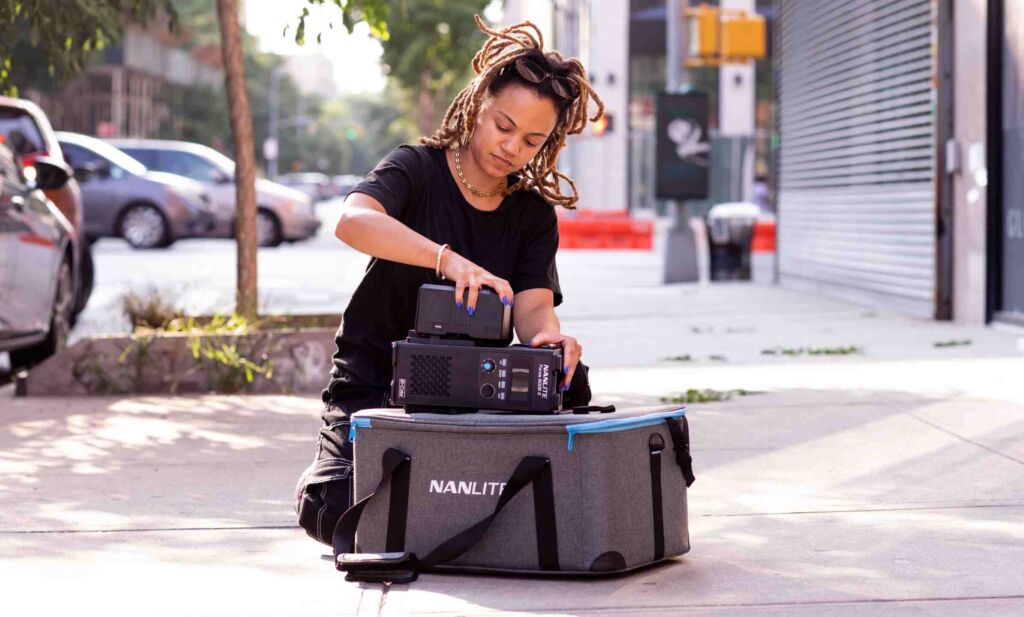
2. Materials used
Another distinguishing feature of Nanlite lamps lies in the materials used to manufacture the different series.
If you’re planning frequent use, regular configuration changes and travel, then Forza series LED lamps are probably the best choice because of their robust construction. All Forza series models are made of durable metal.
Some FS series lamps are also made of metal, like the FS-300B, while others have a robust polymer body, like the FS-60B.
Nanlite FC lights, meanwhile, are all built with a polymer exterior. The advantage of this material is that it makes them lighter.
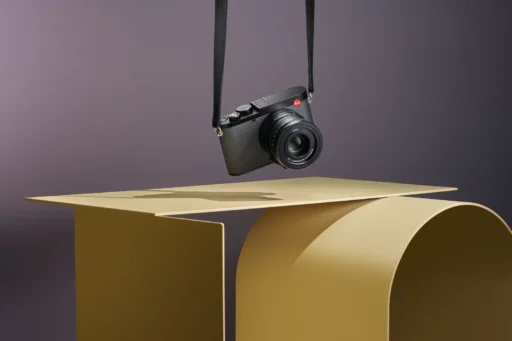


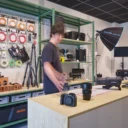
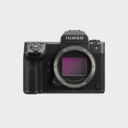 Photo
Photo 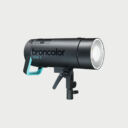 Lighting
Lighting  Tripods & Grip
Tripods & Grip 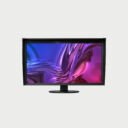 Digital
Digital 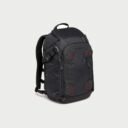 Bags & Cases
Bags & Cases 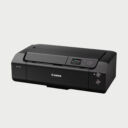 Printing
Printing 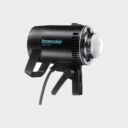 Continous lights
Continous lights 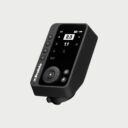 Transmitters
Transmitters 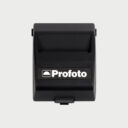 Accessories & Parts
Accessories & Parts 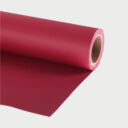 Accessories tripods & grips
Accessories tripods & grips 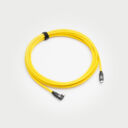 Cables & Tether
Cables & Tether 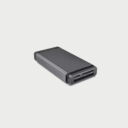 Hub & Adaptaters
Hub & Adaptaters 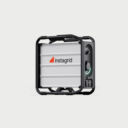 Portable power stations
Portable power stations  Sling bags
Sling bags 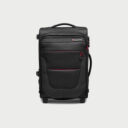 Rolling bags
Rolling bags 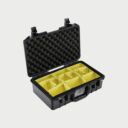 Hard cases
Hard cases  Organizers & Pouches
Organizers & Pouches 

